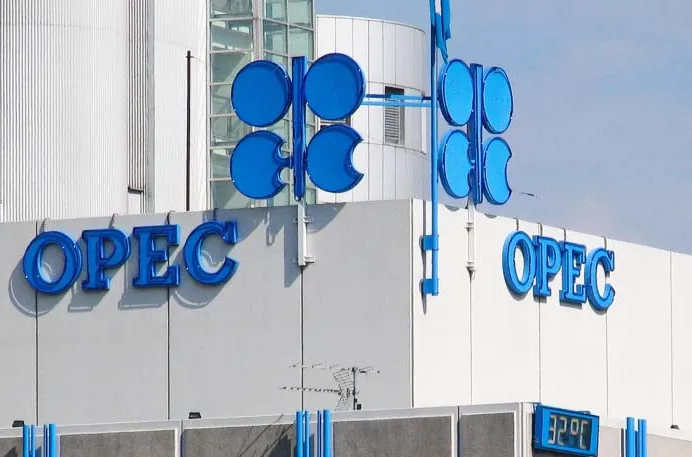The Organization of the Petroleum Exporting Countries (OPEC) plays a crucial role in the global oil market. Its decisions significantly influence oil prices, supply, and the economies of both producing and consuming nations. One of the most impactful actions OPEC can take is adjusting oil production levels. In recent years, OPEC has implemented production cuts for various reasons, each reflecting the complex dynamics of the global oil industry. This article explores the primary motivations behind OPEC’s decisions to reduce oil output, providing a comprehensive understanding of these strategic choices.
Economic Factors Influencing Production Cuts
Stabilizing Global Oil Prices
Global oil prices are subject to fluctuations due to changes in supply and demand. When prices fall below sustainable levels, oil-producing countries face reduced revenues, impacting their economies. To counteract this, OPEC may decide to cut production, aiming to decrease supply and support or increase global oil prices. For instance, in April 2023, OPEC+ (which includes OPEC members and allies like Russia) announced additional production cuts totaling 3.66 million barrels per day (bpd), approximately 3.7% of global demand. This move was intended to stabilize prices amid concerns about weak global demand and economic uncertainties.
Addressing Overproduction Issues
Occasionally, some OPEC members exceed their production quotas, leading to an oversupplied market and declining prices. To rectify this, OPEC may implement compensatory cuts. In March 2025, OPEC+ announced a new schedule requiring seven member nations to cut output by 189,000 to 435,000 bpd until June 2026. These cuts aimed to compensate for previous overproduction and restore balance to the market.
Geopolitical and Strategic Considerations
Responding to Geopolitical Tensions
Geopolitical events can disrupt oil supply and influence prices. For example, the Russia-Ukraine conflict has had significant implications for global oil markets. In March 2025, investors closely monitored ceasefire talks between Russia and Ukraine, anticipating that peace could lead to increased Russian oil supply. Such developments can prompt OPEC to adjust production to mitigate potential market volatility.
Navigating Relations with Major Consumers
OPEC’s production decisions also consider relationships with major oil-consuming nations. In April 2023, the U.S. criticized OPEC+’s production cuts, deeming them inadvisable. The U.S. has previously considered legislation like NOPEC, which would allow the seizure of OPEC’s assets in the U.S. if market collusion is proven. Such political pressures can influence OPEC’s production strategies to maintain favorable relations with consuming nations.
Market Dynamics and Speculative Activities
Countering Speculative Market Behavior
Speculators betting on oil price declines can contribute to market volatility. OPEC’s production cuts can serve to counteract speculative activities, aiming to stabilize prices. In 2020, Saudi Energy Minister Prince Abdulaziz bin Salman warned traders against heavy short-selling, indicating that OPEC might adjust production to disrupt such speculative positions. This strategy seeks to maintain market stability and prevent excessive price fluctuations driven by speculative trading.
Compliance and Internal Challenges
Ensuring Adherence to Production Targets
Maintaining compliance with production targets is a persistent challenge for OPEC. In March 2025, Kazakhstan’s oil output reached a record high, significantly exceeding its OPEC+ quota. This overproduction led to tensions within the organization and prompted the implementation of additional cuts to bring production in line with agreed targets. Ensuring adherence to production quotas is essential for OPEC’s credibility and the effectiveness of its market stabilization efforts.
Conclusion
OPEC’s decisions to cut oil production are driven by a combination of economic stabilization efforts, geopolitical considerations, responses to market dynamics, and internal compliance challenges. By adjusting production levels, OPEC aims to balance supply and demand, stabilize global oil prices, and navigate the complex interplay of international relations and market forces. Understanding these multifaceted motivations provides insight into OPEC’s strategies and their impact on the global oil landscape.
Related topics:

